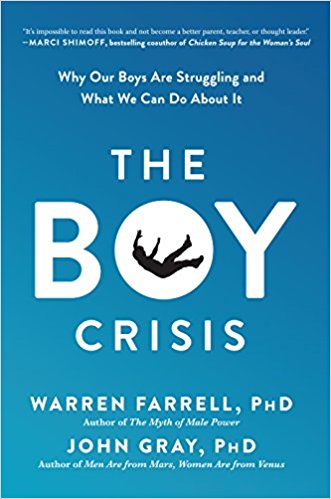![]()
Child poverty sad survivor of the boom
Rate in Ontario was higher in 2000 than in 1989
Report blames loss of social supports to poor families
The Toronto Star, PATRICIA ORWEN, SOCIAL POLICY REPORTER, March 26, 2003
There are Read More ..or children in Ontario now than there were during the last economic boom in 1989, and they are deeper in poverty, says a new report by an organization that monitors child welfare.
In the boom year of 2000, the province was home to 390,000 children defined as poor, a 41 per cent increase over the decade, according to yesterday's report by Ontario Campaign 2000, part of a national coalition seeking to hold Parliament to its 1989 pledge to end child poverty by 2000.
"The saddest part of all this is that the economy improved over that time and a lot of people became Read More .. prosperous, but the most vulnerable were left behind," said Pedro Barata, author of Child Poverty Persists, Time to Invest in Children and Families.
"One in four poor children live in a family with full-time, full-year earnings," Barata told a news conference at Queen's Park. "Their situation can be attributed to government policy that scrapped social supports for families with children. The economy just wasn't strong enough to fill the void."
Between 1996 and 2000, the average income of two-parent families whose incomes fell below Statistic Canada's low-income cutoff mark declined by nearly $900, the report says. That put those families $10,500 below the unofficial poverty line. Single mothers were $8,600 below the line.
Campaign 2000 defines poor children as those whose total pre-tax family income falls below that cutoff. A single parent with one child living in Toronto in 2000 would be deemed poor at an income below $22,964.
Children of the working poor are worse off for several reasons, Barata said. For one thing, Ontario's minimum wage has been frozen at $6.85 an hour for seven years, despite inflation of 15 per cent over the same period. The minimum wage now ranks fifth in the country, behind Nunavut ($8.50), British Columbia ($8), Quebec ($7.30), and Yukon ($7.20), Barata said.
The report also blames the removal of rent controls, cuts to subsidized child care and welfare, and the lack of health supports such as prescription coverage and dental care for families leaving social assistance.
In 1995, the province cancelled all new social housing starts. With no rent control after 1998, rent hikes outstripped inflation. Average rent was $815 by 2002.
Welfare rolls are down, but those who remain in the system are mostly single parents. Their incomes on assistance have declined more than 35 per cent since 1995, when payments were cut and then frozen.
The report shows that child-poverty numbers rose precipitously in the recession of the early '90s, then fell 100,000 between 1995 and 2000 as the economy improved. But Barata says a broader look at the statistics "shows that things were not as good as they seem.
"Back in 1989, we reached a peak in a very similar period in the economy, when there were lots of jobs and growing prosperity among families," he said.
"That year, through the combination of economic growth and good social programs, we were able to bring child poverty down to 11 per cent. Skip ahead a decade, after we have seen devastating cuts to programs that families rely on, and the result is that we haven't been nearly as successful in bringing child poverty rates down. In 2000, in the same kind of economy, the rate was 14 per cent. The main lesson we've learned out of this is that the economy can only go so far in bringing the numbers down ... to go any further, governments need to act."






